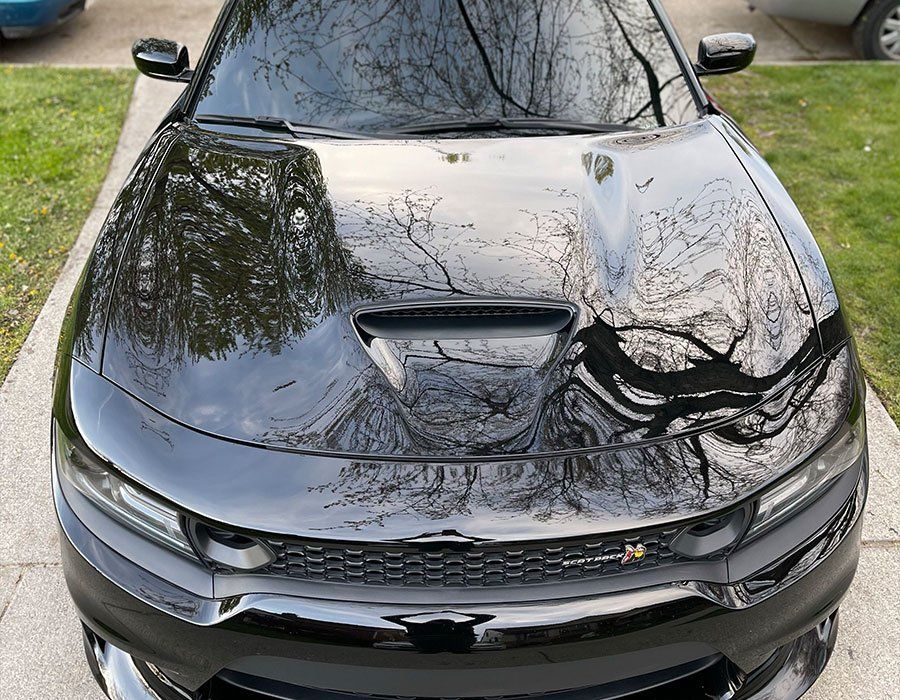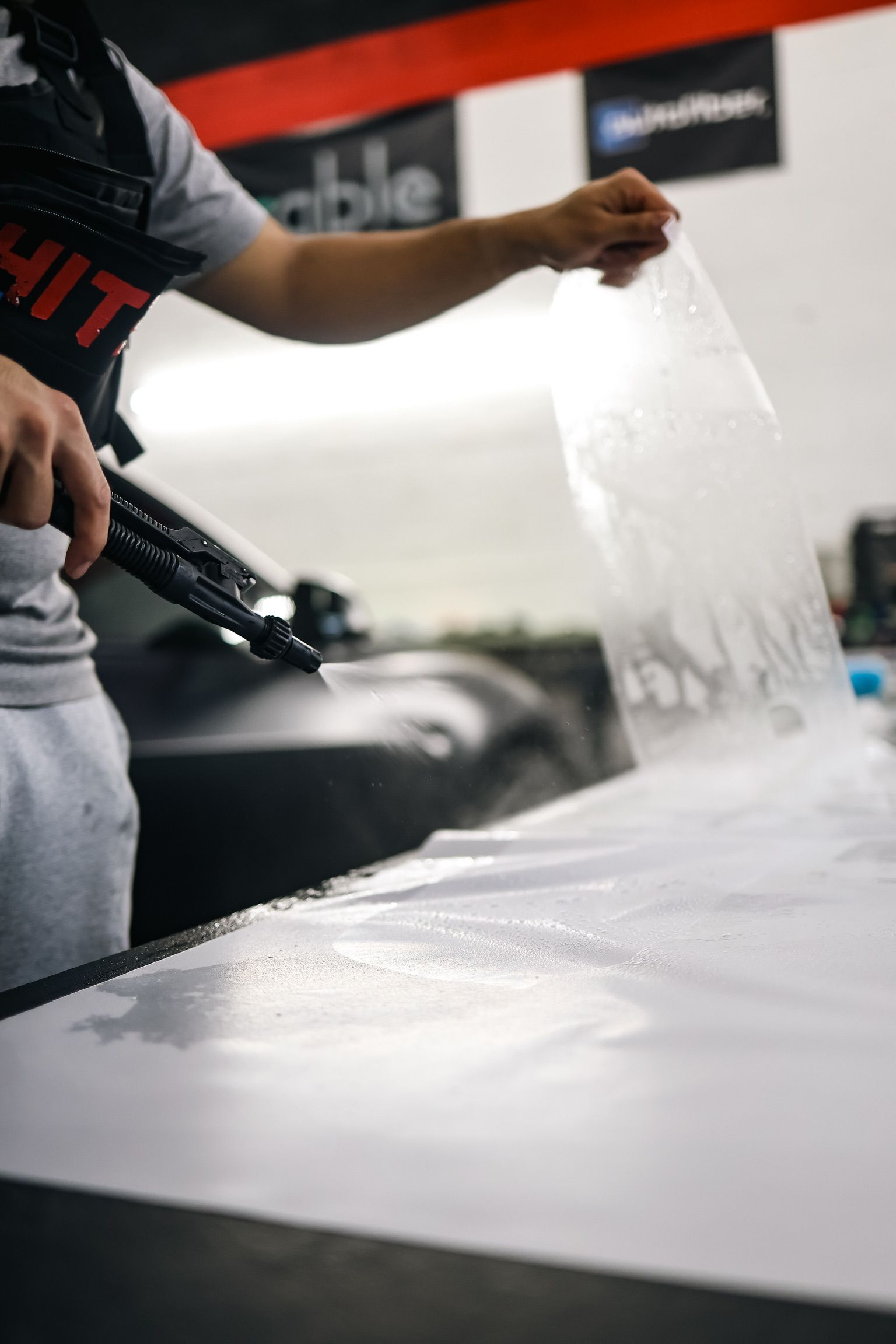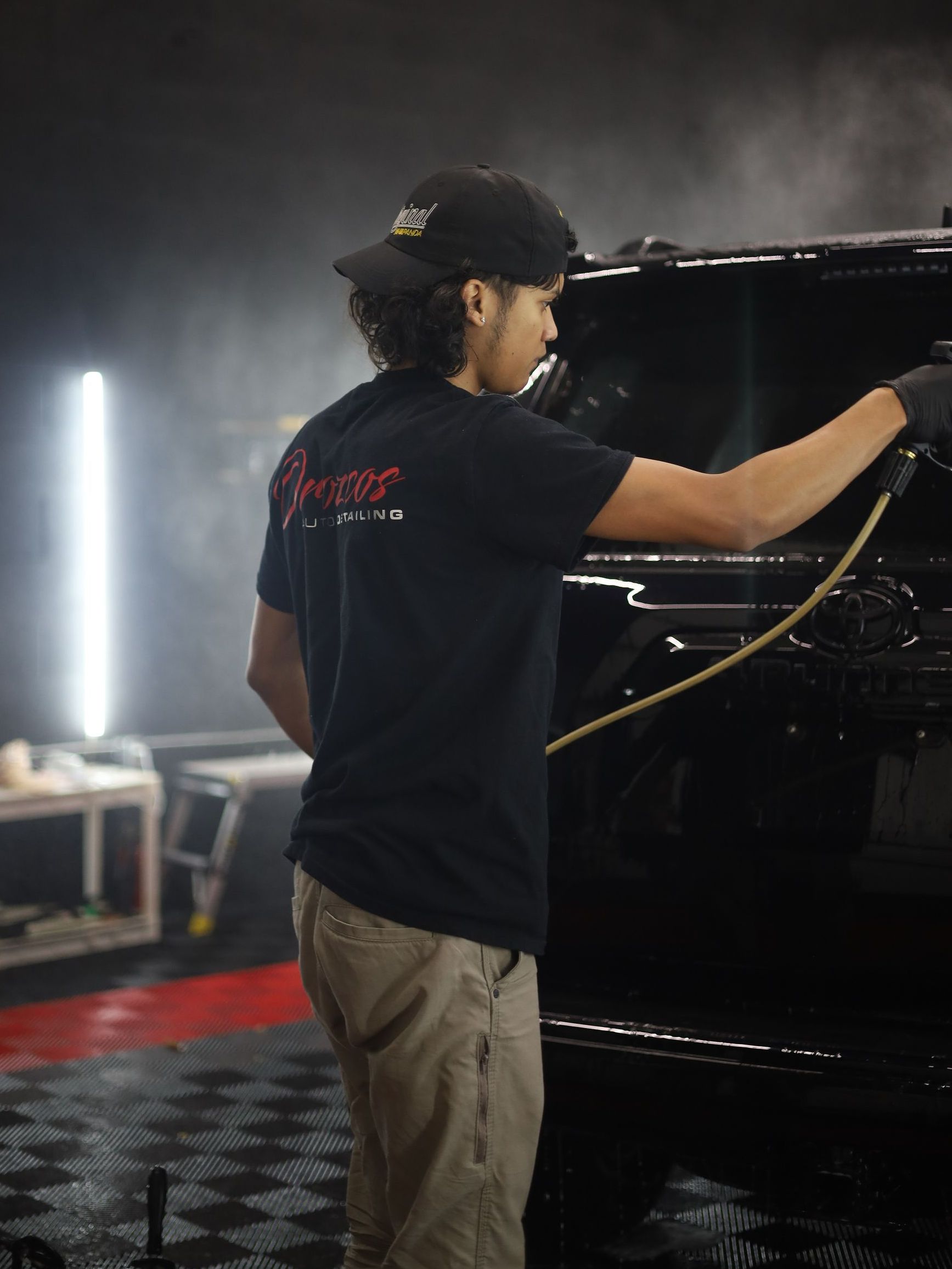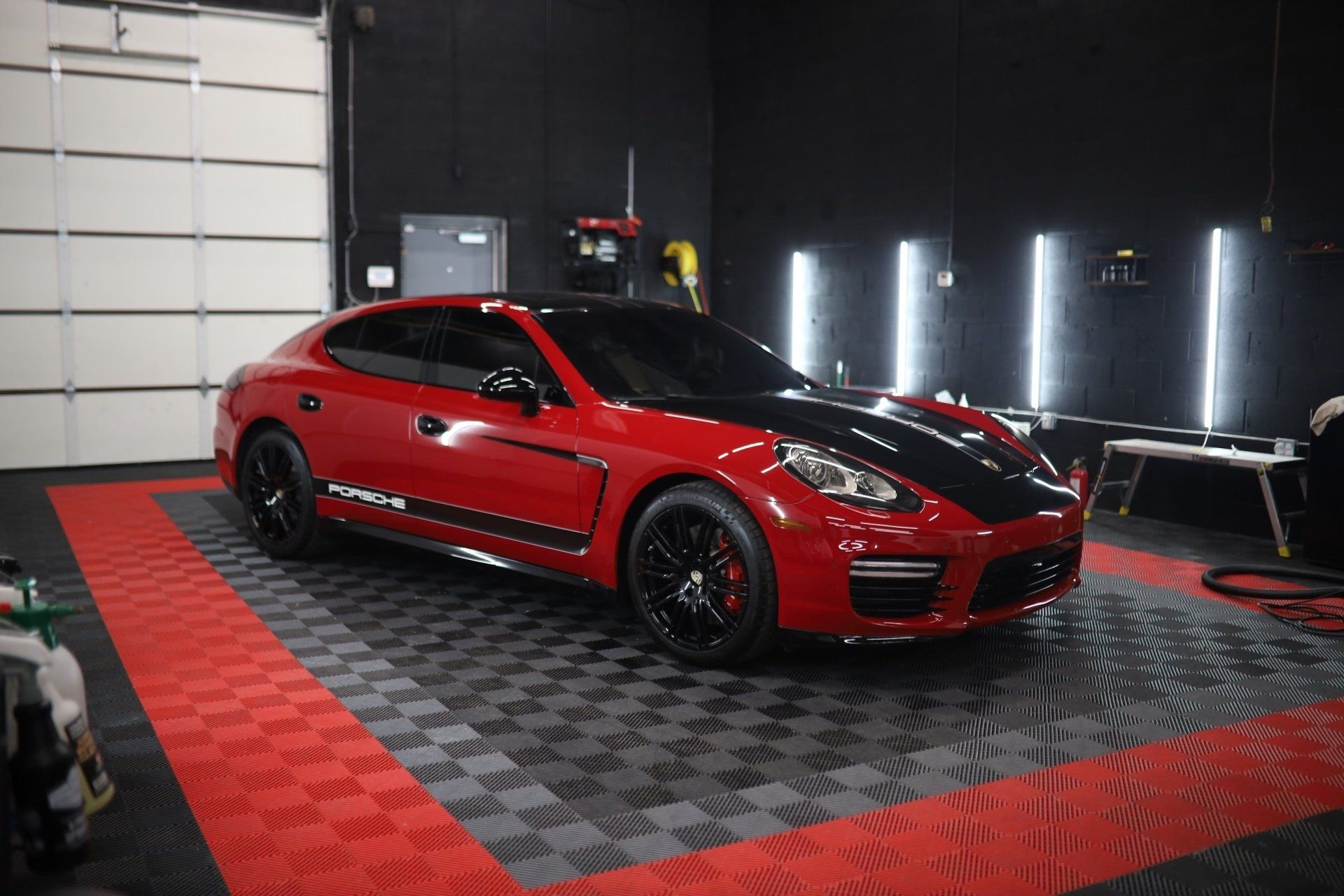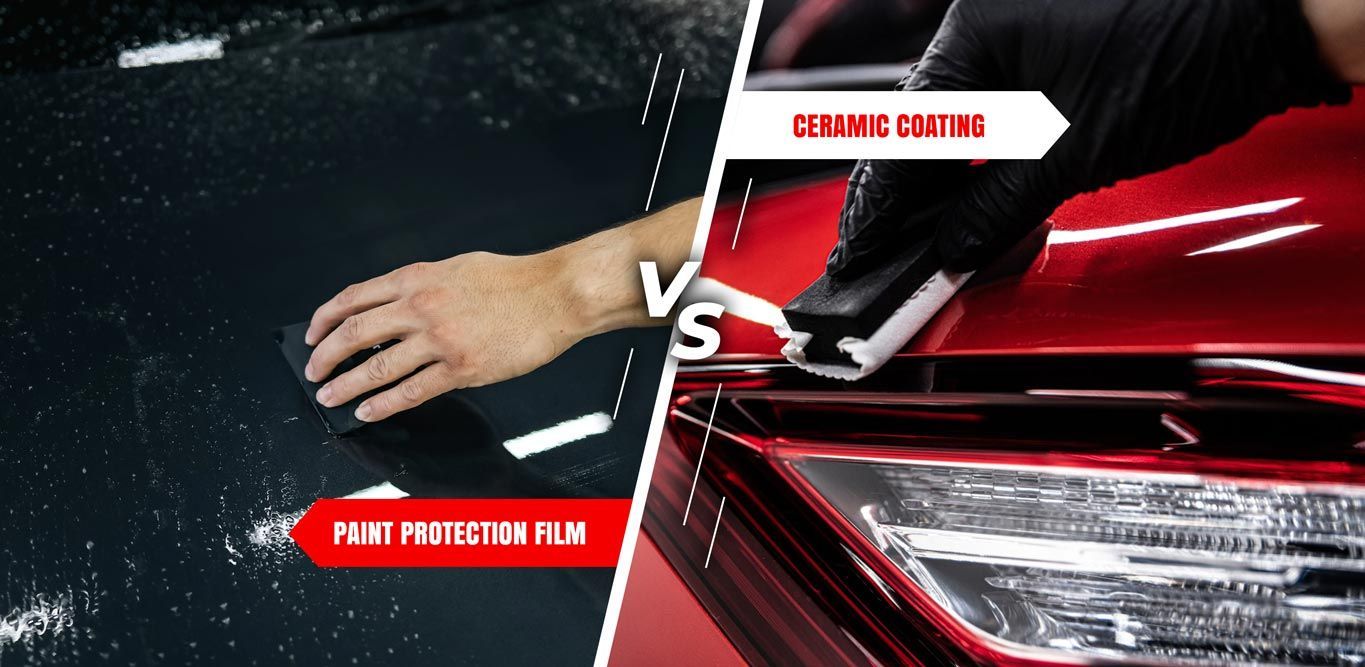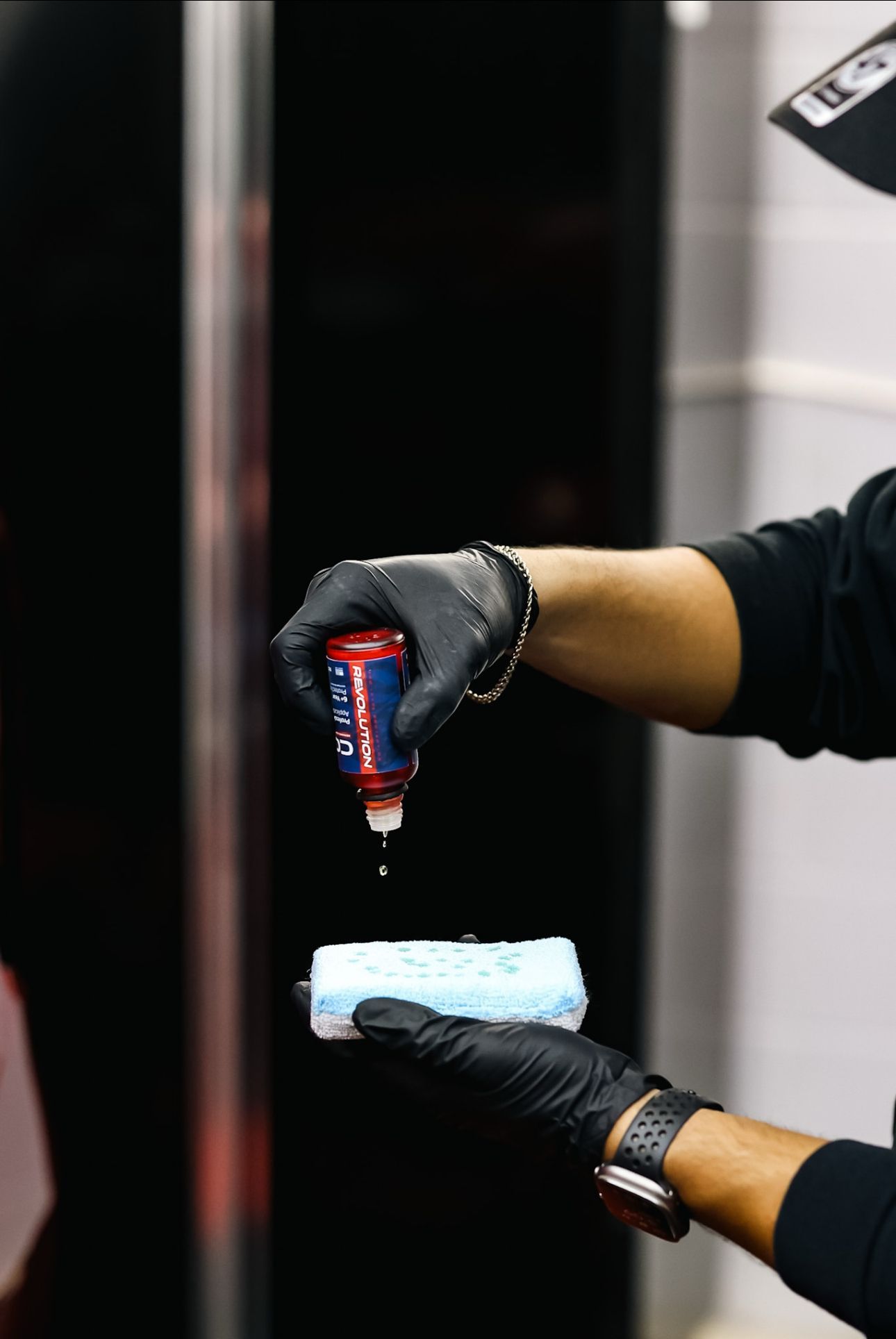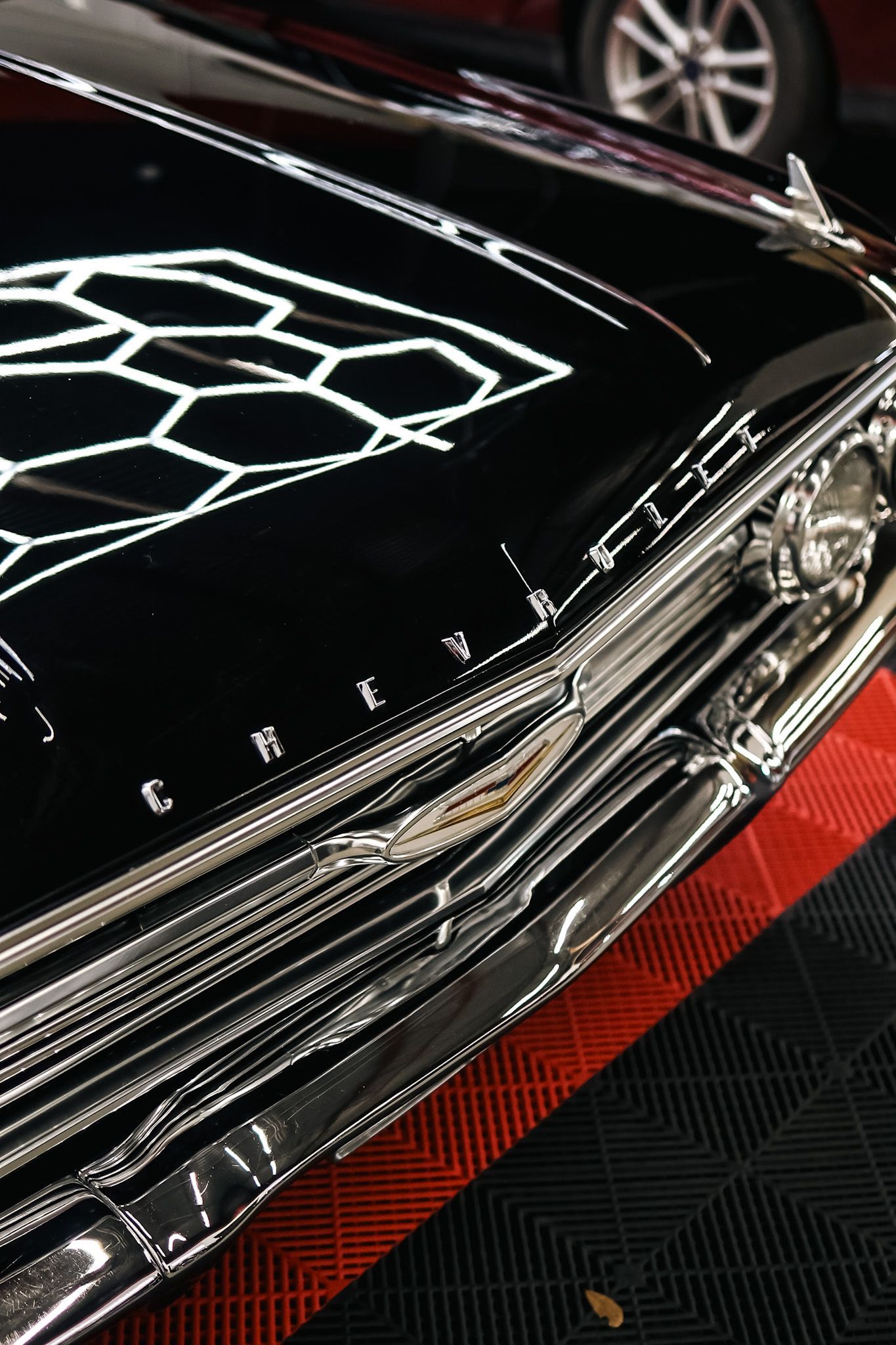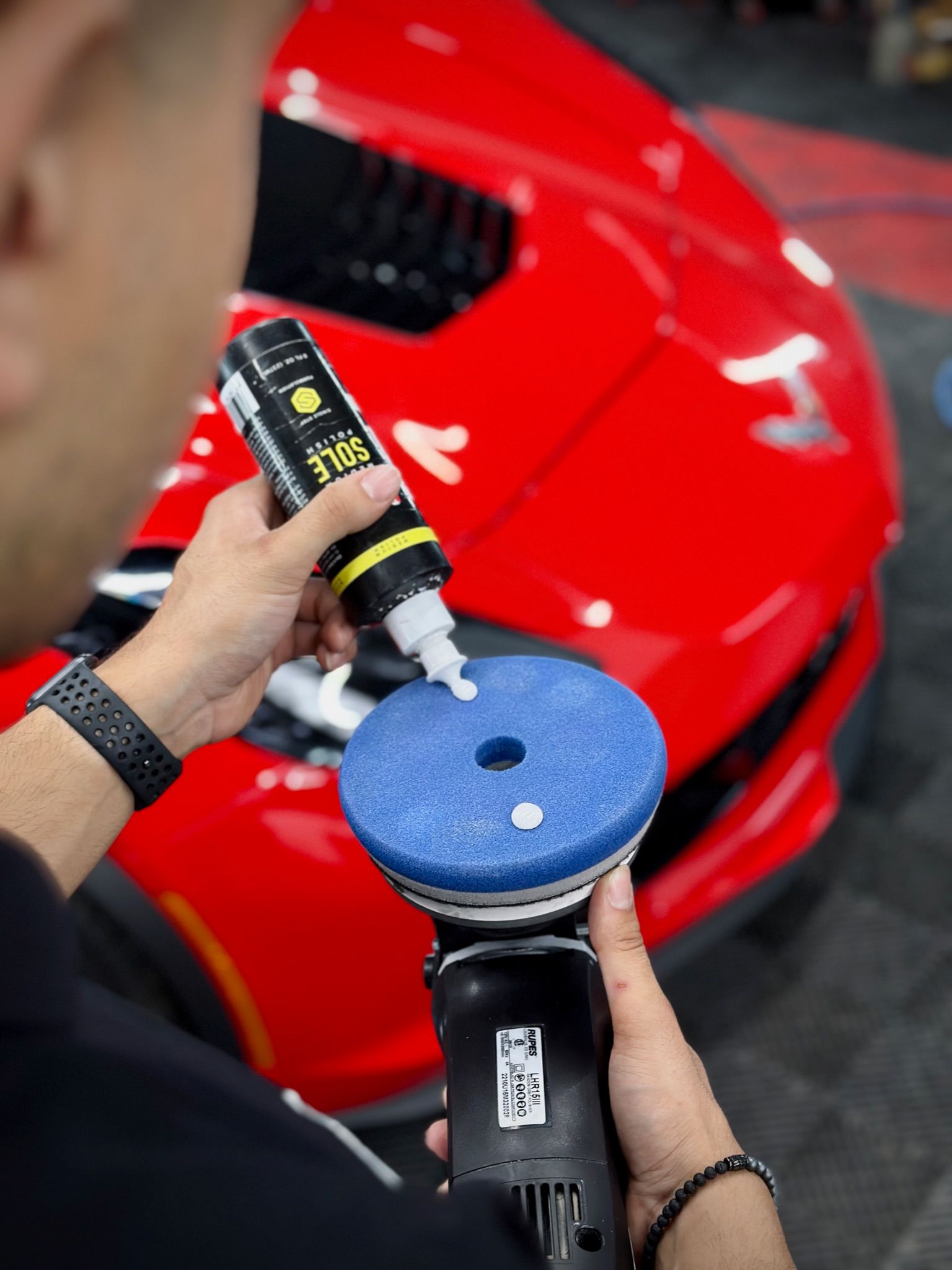How Ceramic Coating Prevents Water Spots and Stains
Maintaining the aesthetic appeal of your car can be a never-ending struggle against water spots and stains. You've probably noticed those annoying blemishes appearing after washing your car or after a rainstorm. But what if I told you that ceramic coating could be your hidden weapon? This high-tech solution not only protects your vehicle’s paint but also makes maintenance much simpler. In this article, we’ll dive into how ceramic coatings work, why they are so effective at preventing water spots, and how you can make the most of this innovative technology to ensure your car shines for years to come.
Ceramic coating enhances a vehicle's surface with hydrophobic properties, which significantly reduce the attraction of water droplets and contaminants. While it minimizes the likelihood of water spots, it is essential to dry the vehicle thoroughly after washing to prevent potential spotting from mineral deposits, especially in areas with hard water.
What is Ceramic Coating?
Ceramic coating is not just any ordinary sealant; it is a liquid polymer that, when applied to your vehicle's exterior surfaces, forms a strong and durable protective layer. This advanced coating chemically bonds with the car’s factory paint, ensuring a long-lasting adhesion that traditional waxes or sealants simply cannot match. It’s like giving your car an invisible armor that shields it from harmful elements in the environment.
Often referred to as "nanocoating," this technology contains microscopic particles that work synergistically to create a seamless barrier against contaminants.
Silicon dioxide (SiO2) is the key ingredient in many ceramic coatings, providing exceptional hydrophobic properties, which means they repel water effectively. The result? Water beads up and rolls off the surface rather than pooling and causing unsightly water spots. This hydrophobic nature drastically reduces the accumulation of dirt, grime, and other environmental pollutants on your paint.
You might wonder about the durability of such protection.
The thickness of a ceramic coating can range from 1 to 3 microns, depending on the product used, offering an impressive shield against swirls, UV rays, and chemical stains. In fact, high-quality ceramic coatings can last anywhere from two to seven years with proper maintenance. They not only enhance your vehicle's appearance with a higher gloss finish but also prolong its lifespan by protecting against oxidation and fading.
Moreover, what many users appreciate about ceramic coatings is their ease of maintenance. Contrary to popular belief, maintaining a ceramic-coated vehicle doesn't require exorbitant effort beyond regular washing. After each wash, you may find that the time needed for detailing is significantly reduced since debris tends not to stick as stubbornly as it would on unprotected surfaces.
However, it's essential to recognize that even with such robust protection, all coatings need proper care to retain their benefits.
While ceramic coatings do a commendable job at repelling contaminants and minimizing water spots, they are not entirely immune to damage or spotting from hard water if neglected. Therefore, using specialized maintenance products can be invaluable tools in your arsenal against stubborn marks without compromising the integrity of the coating itself. Regular inspections and timely touch-ups will ensure that your investment in ceramic coating continues to pay off long into the future.
With this understanding of how these coatings function, the next logical step is exploring further details on their effectiveness against those pesky water spots.
How Ceramic Coating Protects Against Water Spots
The ability of ceramic coatings to combat water spots, those pesky mineral deposits left behind when water evaporates, is a major advantage. The mechanics of this protection are based on the unique formulation of the coating itself, which creates a super-smooth surface at a microscopic level. When water interacts with this surface, droplets do not cling stubbornly as they might on untreated paint; instead, they bead up and roll away. This is similar to how a duck's feathers repel water; it just slides off gracefully.
Mechanics of Protection
To illustrate further, think of a Teflon frying pan where sand or food simply slides off without any effort. This is exactly what happens with ceramic coatings. However, it's crucial to highlight that while this technology significantly reduces the likelihood of water spotting, it isn't invincible. If your car remains wet after washing or if it experiences a heavy rainstorm, minerals from the water can still settle onto the surface, especially if not dried adequately post-wash.
While ceramic coatings dramatically reduce the occurrence of water spots compared to traditional paints or waxes, they don't completely eliminate the possibility. As with any vehicle maintenance routine, proper care is key. For instance, drying your car thoroughly after rinsing helps prevent those mineral deposits from settling in the first place. Opting for methods like a rinseless wash can be beneficial too—reducing the likelihood of mineral buildup from hard water.
After all, even luxury fabrics require maintenance to keep them looking pristine—so does your vehicle's finish!
Maintenance Tips
Here are some quick tips derived from experience to ensure that your ceramic-coated car remains spotless and dazzling:
- Always dry your vehicle immediately after washing using microfiber towels; air drying increases the chance of spots forming.
- Use specialized products designed for ceramic coatings. These will effectively remove stubborn spots without harming the protective layer.
- Maintain regular wash schedules—keeping dirt and contaminants at bay makes a significant difference.
By understanding these mechanics and adhering to maintenance tips, you’ll be able to maximize the benefits of ceramic coatings and protect your investment while ensuring that the aesthetic appeal lasts for years to come.
With this knowledge in hand regarding prevention and care, we can now explore how the unique characteristics of these coatings enhance their effectiveness against unwanted grime and stains.
Hydrophobic Properties of Ceramic Coating
At its core, hydrophobicity is about the ability to repel water, enhancing the performance of ceramic coatings. The term “hydrophobic” comes from "hydro," meaning water, and "phobic," which refers to a fear or aversion. This quality makes these coatings an exceptional choice for automotive surfaces. When applied correctly, coatings like Opti-Coat Pro create a surface that causes water droplets to bead up and roll off seamlessly, rather than lingering and creating spots.
This remarkable water repelling capability offers numerous benefits. For one, it dramatically reduces the likelihood of mineral deposits forming on your car’s paint, which can lead to unsightly water spots requiring laborious scrubbing to remove. With hydrophobic coatings in place, routine maintenance becomes far less tedious as water simply rolls away, leaving little behind.
The durability of these coatings also plays a significant role in maintaining their hydrophobic properties over time. Unlike traditional waxes that might last weeks at best, ceramic coatings are engineered for longevity—often providing effective protection for multiple years when maintained properly. Even as your vehicle endures changing weather conditions and environmental contaminants, it remains safeguarded against potential damage while retaining its sleek look.
Furthermore, proper application techniques can greatly enhance the hydrophobic effects of these coatings. Rinseless wash methods can minimize the risk of water spots during cleaning since they utilize less water and prevent mineral deposits from adhering to your paintwork. Combining this technique with specific maintenance products fortifies your coating’s ability to repel water while keeping your vehicle looking brilliant.
While the ability to repel water provides essential protection for your vehicle's aesthetic appeal, other factors enhance the overall effectiveness and longevity of these coatings in challenging environments.
Chemical Resistance and Durability
Ceramic coatings are not just a superficial enhancement; they're like armor that shields your vehicle from harmful environmental factors. With their impressive hydrophobic properties, these coatings create a water-repelling surface that minimizes the likelihood of spotting and staining.
However, what sets them apart is their chemical resistance. They act as a barrier against a wide range of chemical agents often encountered daily—the kind that would normally etch or corrode traditional paint finishes. This includes everything from road grime to various contaminants such as tree sap, bird droppings, and even strong chemicals found in car washes that can erode the paint.
Layers of Defense
The foundation of this protective layer lies in the 9H hardness rating of quality ceramic coatings. This measurement indicates a level of hardness that is exceptionally resilient against swirls and damage from harsh chemicals. Cleanup after a rainstorm becomes far less daunting when you know your car’s surface is protected from acidic rainwater and other environmental pollutants capable of tarnishing its finish.
This means your vehicle stands strong against both acidic contaminants like lemon juice or vinegar, as well as alkaline substances such as oven cleaners or heavily soiled road salt stuck to winter tires. The longevity aspect is equally compelling—once applied correctly, these coatings can last two to five years, offering extended protection without the need for constant reapplication.
However, it’s crucial to note that ceramic-coated surfaces still require maintenance to preserve these properties effectively. Regular washing with gentle pH-neutral solutions helps maintain the coating's integrity while also preventing dirt buildup that can mar its sheen.
Understanding the chemical resistance and durability of ceramic coatings highlights their invaluable role in maintaining a vehicle's appearance while underscoring the need for proper application techniques and ongoing care practices. Transitioning from these essential qualities, we will now explore how to properly apply these coatings for optimal results.
Additional Benefits of Ceramic Coating
One standout feature of ceramic coatings is their enhanced aesthetic appeal. The gloss and depth they provide can transform a vehicle's appearance, making it look sleek and well-maintained. Imagine driving down the road with the sun reflecting off your car's surface, showcasing a shine that rivals a showroom finish.
Many users have shared their delight at how their cars maintain this "like-new" look even years after the application. It's akin to constantly giving your vehicle a fresh polish without the hassle of regular waxing.
Furthermore, ceramic coatings simplify the cleaning process. Their unique hydrophobic properties repel dirt and grime, significantly reducing the adhesive power of these contaminants on your vehicle’s surface. This means that after a rainy day or a dusty drive, a simple rinse might suffice to keep your car looking its best.
Because it requires fewer frequent washes, you save both time and effort—two desirable benefits in today’s busy world.
UV Protection
Another vital benefit lies in UV protection. Ceramic coatings are designed to block as much as 99% of harmful ultraviolet rays. Without this protection, vehicles are susceptible to fading and oxidation over time, which compromises not only their appearance but also potentially shortens their lifespan.
It’s similar to putting on sunscreen before heading outdoors; the coating forms a protective shield against sun damage, ensuring that your investment remains vibrant for years to come.
As we explore further into the advantages of ceramic coatings, remember that proper maintenance practices can amplify these benefits significantly.
In conclusion, investing in ceramic coating not only elevates your vehicle's appearance but also provides substantial protection against environmental factors. For professional installation or maintenance, contact us at
Orozco's Auto Detailing or call (313) 888-3822 for assistance.



